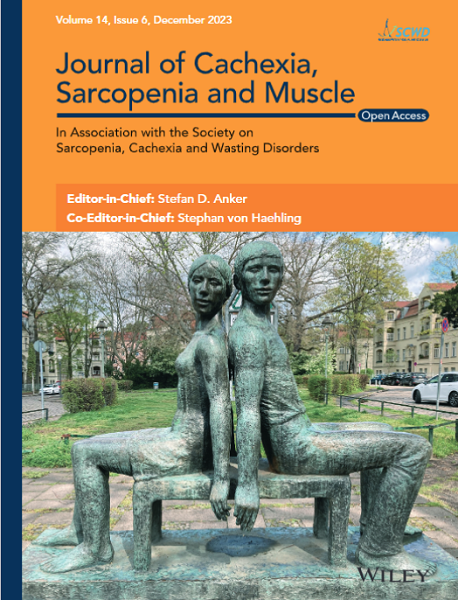A Comparative Analysis of Grip Strength Evaluation Methods in a Large Cohort of Aged Mice
Abstract
Background
Grip strength is a key functional marker of musculoskeletal aging, widely used to assess sarcopenia. In preclinical research, multiple measurement methods are often combined to enhance reliability, but standardization remains challenging. To improve measurement robustness, we previously developed a composite strength score (SS5) that integrates five different grip strength tests into a single variable. While SS5 provides a comprehensive evaluation, its implementation is time-consuming, limiting feasibility in large-scale studies. In this study, we also examine two simplified composite scores, SS2 and SS3, as potential streamlined alternatives. Additionally, although normalizing grip strength to body weight is widely used, its appropriateness in geriatric mouse models has never been formally validated.
Methods
Forelimb grip strength was assessed in a cohort of 160-aged C57BL/6J mice using five methods: Weight Lift Tests (Deacon protocol with sponge weights and a modified version with metal wire weights), the Cage Lift Test and the Grip Strength Meter (trapeze bar and grid). Additionally, a cross-sectional group of 173 mice was analysed to assess the correlation between grip strength and muscle size. Each method was evaluated for its correlation with age, ability to detect sex differences, variability and association with muscle size.
Results
All methods strongly correlated with age (−0.518 ≤ rs ≤ −0.306). The Grip Strength Meter (trapeze bar) and modified Deacon method were the most effective in detecting sex differences (p < 0.001). While all methods correlated with muscle size (0.153 ≤ rs ≤ 0.332), the modified Deacon method and Grip Strength Meter showed the strongest associations. The mean coefficient of variation (CV%) ranged from 7% to 17%, demonstrating good repeatability. Notably, despite being widely used, normalization of grip strength to body weight was found to introduce bias in geriatric mice, as age-related weight loss distorts strength assessments. Absolute values proved to be a more reliable measure. To improve efficiency while maintaining reliability, we developed two new composite scores (SS2 and SS3) by integrating a subset of methods from SS5. These scores preserved the strong correlation with age observed in SS5 while reducing the number of required tests, enhancing feasibility.
Conclusions
Combining multiple grip strength assessments improves measurement reliability in aging studies. The newly proposed SS2 and SS3 scores provide a streamlined yet robust alternative to SS5, improving standardization and facilitating future comparisons in preclinical sarcopenia research. Our findings also challenge the routine normalization of grip strength to body weight in geriatric mice, emphasizing the importance of using absolute values to avoid bias.


 求助内容:
求助内容: 应助结果提醒方式:
应助结果提醒方式:


